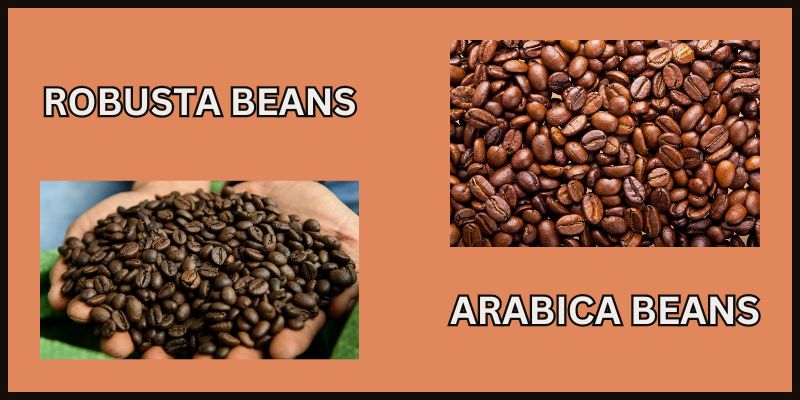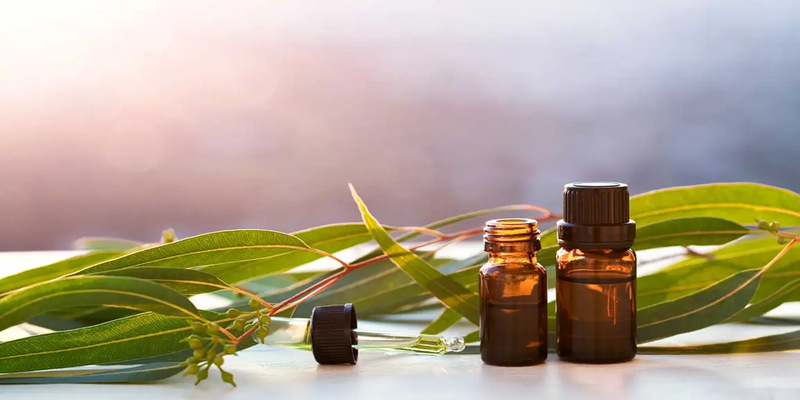Most people who drink coffee in their routine life are unaware of the basics of where it came from. According to 2024 research, 73% of Americans consume coffee daily, and 36% drink 3 to 5 cups daily. But some surprising facts are here that will let them know what they are actually consuming.
Ever wonder why espresso tastes richer than the one you brew at home? What factors made the same tree coffee different in taste and caffeine content? Coffee 101 is a remarkable overview that teaches coffee lovers the basics of its origin, flavors, and brewing methods.

What Is Coffee?
Millions of people worldwide consume coffee as a beverage with different tastes and flavors. People consider it beans, but in fact, it is seeds that grow in the fruits of the coffee tree. Different countries produce it at varied times as a yearly crop to consume.
Throughout its history, the aroma and flavor of this drink made millions of people enjoy it in their routine lives. Even coffee lovers dont know what it is or what it looks like as a plant. When digging into this topic, youll learn about the coffee basics, including trees, leaves, fruits, seeds, and appearance.
Coffee 101: History And Origin
People are obsessed with coffee, but the question is, why? Why do they love it when it's just a simple drink? Over 2.25 billion cups of coffee are consumed daily by people worldwide. To know what makes it so demanding, you must learn the coffee knowledge for beginners, including history, regions, and current supply source.
Regions
Do you know you cant crop coffee trees wherever you want? They require a perfect environment to grow healthy vegetation within a year. A mild change will cause the plant to die even before blooming. The tree has green waxy leaves and cherries, which are fruits that grow on the branches.
Coffee 101 explains the naturally occurring warm regions that help these plants grow and offer vegetation throughout the year. The equatorial zone, called the coffee belt, is the best place in the world for growing this vegetation. It includes countries like Peru, Ethiopia, Hawaii, Brazil, etc., providing fertile soil, mild temperatures, balanced rains, and shaded sun.
Also, the environment has a huge influence on the flavor of the coffee. The factors that play a role in making a unique flavor are temperature, minerals in the soil, altitude, humidity, and processing. Knowing where your coffee originates will help you decide and remember your preferred flavor.
Waves Of Coffee
The overall history of Coffee 101 explains the different waves at different times. No one has the exact data on when it was first discovered, but there are many legends of various regions. According to the Ethiopian legends, it started with a goat full of energy after eating the red cherries from a plant.
Cultivation started in Persia, Syria, Egypt, and Turkey in the 16th century. During the Ottoman Empire, the Turks introduced various coffee shops in Constantinople. Eventually, these places became hotspots for discussion, listening to music, or playing chest while drinking coffee. It was later named the School of wise because of a place for sharing information.
The 17th century was the golden era in coffee cultivation history around Europe. The 1800s was the era when coffee became a worldwide drink. In 1864, John and Charles Arbuckle were the first to sell pre-roasted coffee in New York. Moreover, the 20th century brought many events in coffee history.
The first espresso machine was invented in 1906, and it took 37 years to invent Nescafe instant coffee. Many independent cafes and businesses are emerging today with unique tastes and flavors. One of these is press specialty coffee, which brings unique flavors worldwide.
Coffee 101 Press Coffee
Press Coffee is a USA-based specialty coffee roaster where professionals analyze its beans and roast via Coffee 101. Its goal is to provide the highest-quality coffee to its customers worldwide. Steve and Tram, the owners of Press Coffee, made a unique flavor that has earned national recognition as press specialty coffee 101.
Coffee Beans
Coffee knowledge for beginners also includes understanding different beans and their flavors. Experts say over 25-100 species of coffee plants are found here, but we usually consume Arabica and Robusta.

- Arabica: These are pale green with a brown tint. They have less caffeine and are rich in acidity, and roasts are costly.
- Robusta: These are deep green beans with slightly large sizes, higher caffeine content, and lower acidity.
However, the flavor and texture depend on where they originated from. Moreover, different varieties of beans are here based on different features. Some of them are:
- Typica
- Bourbon
- Caturra
- Yellow Catuai
Coffee Roasting
The flavor and aroma of the coffee depend on the beans and their roasting process. Roasting in Coffee causes rapid chemical changes that involve exposing them to high temperatures and cooling them quickly. Following are the colors roasting can bring based on the set preferences to roast:

Alt Text: coffee-roasting
- Light: Crisp acidity, bright flavor, highest in caffeine
- Medium: Moderate acidity, balanced flavor, slightly sweet
- Dark: Less acidity, bitter and smoky flavor, least caffeine
But Coffee 101 Roasting isnt the only thing that brings a cup of delicious coffee to your table. It's a huge process that includes three different ways after harvesting:
- Dry Processing: It is the old method in which the coffee cherries are dried out under the sun.
- Wet Processing: It involves soaking the cherries for a week to remove their outer skin, and then they are fermented and washed.
- Pulp Processing: It includes the removal of cherries skin, washing it, and then drying it immediately.
After processing, the seeds are extracted and roasted for grounding and making your cup of coffee. However, a bean can go through nine levels of roasting as per experts:
- Light Roast
- Cinnamon Roast
- Medium Roast
- High Roast
- City Roast
- Full City Roast
- Frech Roast
- Italian Roast
Brewing Methods
The roasted coffee is one step away from finally being your delicious cup of coffee: brewing. Different brewing methods are available based on your taste or preference. These include full immersion, pour-over, French press, or espresso. For each method, you must ground the coffee and then extract it.
How To Make A Perfect Cup Of Coffee At Home?
Lets say you are interested in the espresso brewing method. To make a perfect cup of coffee at home, you must keep in mind three factors:
- Brew Ratio: The amount of ground coffee to water as per weight. Different ratios bring different tastes to the coffee. So, you can set your ratio as per your preferred taste between 1:1 to 1:4.
- Brew Time: The time during which the espresso will be ready per your preferred ratio.
- Brew Temperature: It adjusts the quality of espresso flavor, generally involving 200 F.
Using these three variables, you can make a perfect cup of coffee at home as a beginner.
Is Coffee Good For Your Health?
Many researchers have concluded that coffee consumption benefits health except for certain conditions, such as pregnancy, bone fractures, or higher consumption. According to the Harvard School of Public Health, coffee contains vitamin B12, magnesium, and other plant minerals that help reduce risks for type 2 diabetes, heart disease, and cancer.
Moreover, a study of 21,000 people who drank coffee more than four cups per day showed a reduced risk of heart failure. Besides, Italian research shows that liver cancer risks were reduced by 40% in those who consumed coffee.
Conclusion
Coffee 101 is a complete overview of the history, origin, and processing to finally have a cup of coffee. The origin, roasting, and brewing methods decide what flavor youll experience when consuming coffee. With the growing world, experts have invented various brewing methods to give you a unique taste in your life.







